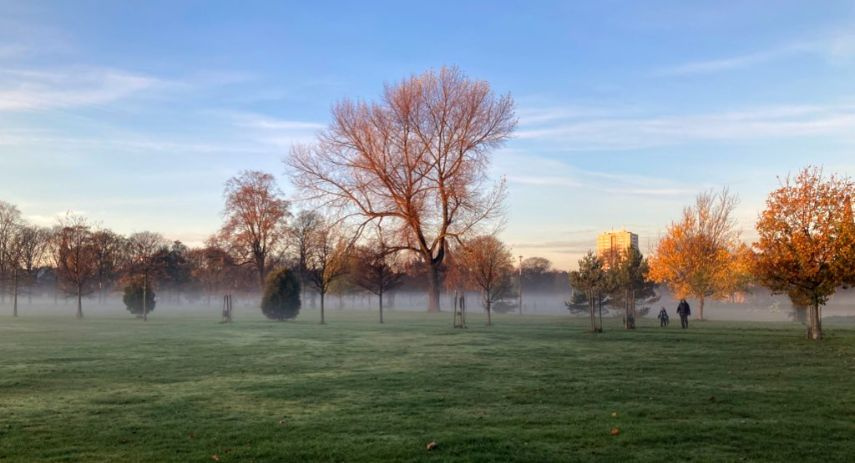
Coherence, capacity and collaboration in Land Use Strategy 4
Kathie Pollard

The Scottish Government is currently consulting on a range of major plans that will set the direction for how Scotland’s land is used and managed in the years ahead. The Scottish Land Commission has submitted responses to the Land Use, Agriculture and Just Transition Plan, the draft Land Use Strategy 4 and Community Right to Buy Review.
Amid the growing number of regional and local strategies, the Land Use Strategy (LUS) could act as an important connecting thread that helps Scotland take a joined-up approach to how land is used across multiple priorities.
We agree with Scottish Government that the most important factor and focus for the Land Use Strategy should be to bring greater coherence and leadership across government policy on land use. Updating the strategy to include a few practical, action-orientated principles could help other organisations across different sectors make more consistent place-based decisions. These principles could act as checklist to help integrate outcomes in other policy areas. For example, this could include principles around promoting transparency, data, and place-based collaboration. The metrics matter- and it will be important to ensure that those underpinning the strategy reflect these principles and are developed further to support consistent delivery and accountability.
However, it could go further.
The next Land Use Strategy should help bring together Scotland's many national targets and set how tensions between these goals can be managed in practice. Currently we face competing pressures and choices for our land use for example, whether this is to be used for nature restoration, renewables, farming and development. These choices are rarely straightforward and while we agree that a holistic, integrated approach is vital we need the Land Use Strategy 4 to provide a strong steer on what’s important and how local decisions can be made in a place-based way.
To do this, the LUS should be supported by a practical National Land Use Framework which has cross-government buy-in and sets out how different mechanisms and policy areas can help ensure land use supports a fair economy, support a just transition and address climate change. It should also make clear the tools available to deliver the LUS vision, for example, we believe that tax and fiscal policy have a greater role to play.
The Land Use Strategy 4 should also focus on delivery and capacity-building by promoting and investing in regional approaches by building on the experience of Regional Land Use Partnerships that already help convene and coordinate local and landscape-scale activities. The Scottish Government could build on the steps of mapping public land and continue to take a more ambitious and transformative approach to data and mapping to help decision-making. A coordinated, transparent approach to data and mapping is an opportunity for joined-up delivery, monitoring and sharing of resources/skills- and a win-win when you consider Public Service Reform objectives. Current work by public bodies to collaborate more around specific place needs has good potential and will need to be supported by changes in the way budgets and accountability are structured.
We are pleased to see the way the draft Land Use Strategy 4 aligns with both the Land Use and Agriculture Just Transition Plan and the Land Rights and Responsibilities Statement. Rooting any plan for land use transformation in strong principles and themes of collaboration, communication and local focus is vital for ensuring that people feel included in the journey and their local environments. The transformation of how we use and share land will only succeed if it includes the voices, knowledge, and experiences of those living and working on the land itself.